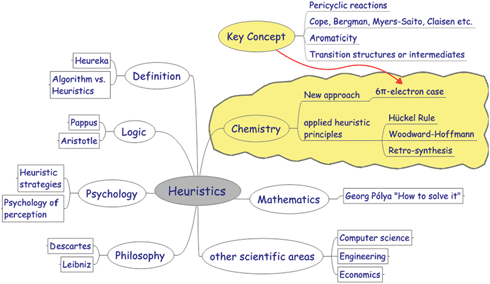

- ELEMENT DEFINITION COMPUTER SCIENCE UPDATE
- ELEMENT DEFINITION COMPUTER SCIENCE SOFTWARE
- ELEMENT DEFINITION COMPUTER SCIENCE SERIES
Sammet, "the first realistic string handling and pattern matching language" for computers was COMIT in the 1950s, followed by the SNOBOL language of the early 1960s. That a system should consist of 'marks' instead of sounds or odours is immaterial.Īccording to Jean E. Lewis wrote in 1918: Ī mathematical system is any set of strings of recognisable marks in which some of the strings are taken initially and the remainder derived from these by operations performed according to rules which are independent of any meaning assigned to the marks. Use of the word "string" to mean "a sequence of symbols or linguistic elements in a definite order" emerged from mathematics, symbolic logic, and linguistic theory to speak about the formal behavior of symbolic systems, setting aside the symbols' meaning. In 19th-Century typesetting, compositors used the term "string" to denote a length of type printed on paper the string would be measured to determine the compositor's pay.
ELEMENT DEFINITION COMPUTER SCIENCE SERIES
Use of the word "string" to mean any items arranged in a line, series or succession dates back centuries. The term string may also designate a sequence of data or computer records other than characters - like a "string of bits" - but when used without qualification it refers to strings of characters. Often these are intended to be somewhat human-readable, though their primary purpose is to communicate to computers.

ELEMENT DEFINITION COMPUTER SCIENCE SOFTWARE
Instead of a string literal, the software would likely store this string in a database.
ELEMENT DEFINITION COMPUTER SCIENCE UPDATE

A string is generally considered as a data type and is often implemented as an array data structure of bytes (or words) that stores a sequence of elements, typically characters, using some character encoding. The latter may allow its elements to be mutated and the length changed, or it may be fixed (after creation). In computer programming, a string is traditionally a sequence of characters, either as a literal constant or as some kind of variable. Strings are typically made up of characters, and are often used to store human-readable data, such as words or sentences.


 0 kommentar(er)
0 kommentar(er)
